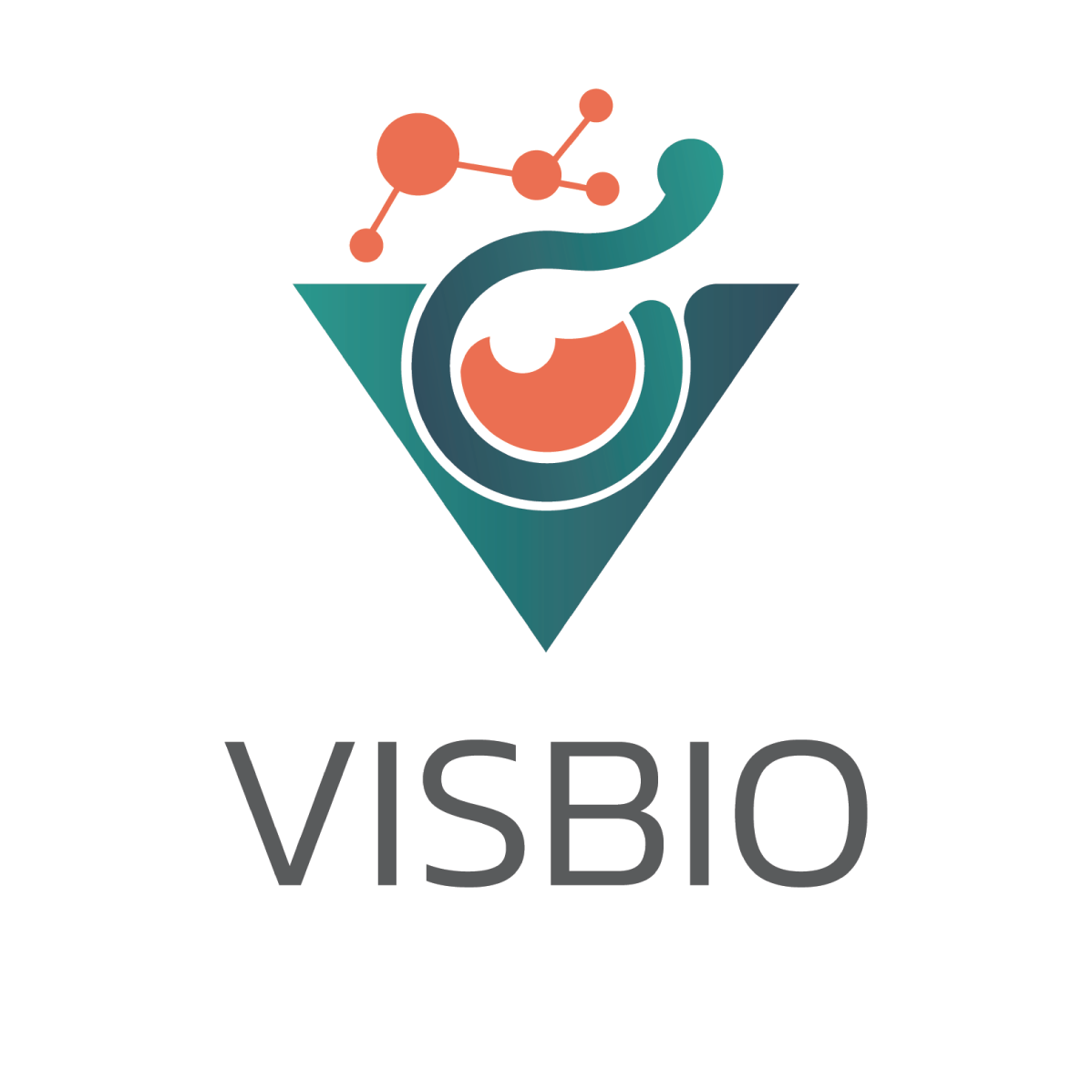Targeted therapy has become one of the most effective and promising strategies in the ongoing fight against cancer, offering a level of precision that traditional chemotherapy cannot match. A key focus of this approach is the Epidermal Growth Factor Receptor (EGFR), a protein that plays a central role in regulating the proliferation and survival of cells. In many types of cancer, including non-small cell lung, breast, and ovarian cancers, EGFR is overexpressed, leading to abnormal signaling that drives uncontrolled tumor growth. While clinically approved drugs like erlotinib that inhibit the EGFR tyrosine kinase (EGFR-TK) domain have been successful, their effectiveness is often limited by significant side effects and the inevitable development of drug resistance.
This critical challenge has created an urgent need for new, more potent, and more selective therapeutic agents. In response, a revolutionary study, co-authored by Associate Professor Dr. Kiattawee Choowongkomon, pioneers a powerful computational approach to drug discovery. This research showcases the identification of a novel Vinyl Sulfone Derivative as a next-generation EGFR Tyrosine Kinase Inhibitor. By designing and screening a library of compounds in a virtual environment before moving to the lab, this work has successfully identified a small molecule that is not only more potent than the existing drug erlotinib but also shows significant activity against a drug-resistant cancer cell line. This breakthrough opens a new chapter in the development of targeted cancer therapies.
The Scientific Target Disarming the Engine of Cancer Cell Growth
The EGFR protein is a member of the ErbB family of receptor tyrosine kinases and is a crucial component of cellular signaling pathways that regulate key functions such as proliferation, survival, and apoptosis. The protein is composed of an extracellular domain, a transmembrane region, and an intracellular domain which contains the critical tyrosine kinase (TK) domain. When activated, this TK domain acts as the “engine” of the cancer cell’s growth machinery, initiating a chain reaction of signals that command the cell to divide uncontrollably.
The primary strategy for small molecule cancer drugs, like the FDA-approved erlotinib and gefitinib, is to physically block the ATP-binding site of this TK domain. This action is akin to cutting the fuel line to the engine, effectively halting the cancer-promoting signals and stopping tumor growth. However, after a median response time of 9 to 13 months, patients often develop acquired resistance, frequently due to a secondary mutation in the EGFR-TK domain known as T790M. This reality necessitates a continuous search for new compounds that can overcome these resistance mechanisms. This study adopted the same strategic goal—to inhibit the EGFR-TK domain—but with a groundbreaking and highly efficient toolset, focusing on a class of organic compounds known as vinyl sulfones.
A Digital Dragnet Screening for a Perfect Fit
The innovation at the core of this research was the initial in silico—or computational—screening of a large library of 78 distinct Vinyl Sulfone Derivative compounds. This approach bypasses the slow and expensive process of physically testing every compound in a lab, instead using powerful computer simulations to predict which molecules are most likely to be effective.
Using a sophisticated computational technique called molecular docking, the research team simulated how well each of the 78 virtual molecules could bind to the critical ATP-binding pocket of the EGFR-TK domain. This high-throughput virtual screening allowed them to rapidly assess an enormous number of candidates, with each compound being assigned an “interaction energy” score to represent the predicted strength of its binding affinity. This process transformed the initial stage of drug discovery from a search for a needle in a haystack into a precise, data-driven filtering mechanism.
From this initial screening, the researchers established a cutoff based on the interaction energy, selecting the eight most promising compounds (VF15, VF16, VF29, VF37, VF41, VF52, VF69, and VF71) for further analysis. The docking models predicted that these top candidates could interact with important amino acid residues in the ATP-binding pocket through a combination of hydrogen bonds, pi interactions, and van der Waals forces. Interestingly, the models showed that the sulfonate group on most of these compounds formed a critical hydrogen bond with the residue M769 in the hinge region of the enzyme, an interaction similar to that of the known drug erlotinib.
From Virtual Promise to Real-World Proof The Kinase Assay
While computational predictions are invaluable for narrowing the field, the true test of an inhibitor’s efficacy must happen in the laboratory. The eight top-ranking candidates, having passed the in silico screening and a drug-likeness prediction test (Lipinski’s rule of five) , were then subjected to an in vitro kinase assay. This experiment measures the real-world ability of a compound to inhibit the function of the purifiedEGFR-TK enzyme.
The results provided a powerful validation of the computational model, but with a surprising outcome. One compound, VF16, showed dramatically superior inhibitory activity, blocking 98.91% of the enzyme’s function at a 1 µM concentration. This was significantly higher than the inhibition shown by the FDA-approved drug erlotinib (87.80%) under the same conditions.
Based on this exceptional result, VF16 was selected for further analysis to determine its half-maximal inhibitory concentration (IC50), the gold-standard measure of potency. The results were stunning: the VF16 Vinyl Sulfone Derivative exhibited an IC50 value of just 7.85 nM. This demonstrated that it was approximately 3.3 times more potent than erlotinib, which had an IC50 of 26.09 nM in the same assay. Furthermore, to confirm the compound’s specificity, it was tested against other related kinases, HER2 and JAK3. The results showed very low inhibitory activity against these other targets, confirming that VF16 is highly selective for EGFR-TK.
Cellular Efficacy of the VF16 Vinyl Sulfone Derivative
Demonstrating potency against a purified enzyme is a critical first step, but a successful drug candidate must also be able to kill cancer cells. The VF16 compound was therefore tested for its cytotoxicity against three different human cancer cell lines:
- A549 and A431: Two cell lines known to overexpress the standard, or “wild-type,” EGFR.
- H1975: A lung cancer cell line that expresses the T790M mutant version of EGFR, which is known to be resistant to erlotinib.
Against the A431 and A549 cell lines, VF16 showed potent cytotoxic activity with IC50 values of 33.52 µM and 54.63 µM, respectively, which were comparable to the efficacy of erlotinib. However, the most significant result came from the test on the drug-resistant H1975 cells. In this cell line, VF16 was approximately 3 times more effective at killing the cancer cells than erlotinib, with an IC50 of 30.38 µM compared to erlotinib’s 98.93 µM. This finding is critically important, as it suggests that the novel Vinyl Sulfone Derivative structure may be a powerful new tool to overcome one of the major challenges in modern cancer therapy: acquired drug resistance.
Deconstructing the Interaction The Molecular Blueprint for Inhibition
To understand why the VF16 compound was so effective, the researchers conducted an advanced molecular dynamics (MD) simulation for 500 nanoseconds. This simulation goes beyond a static snapshot, revealing how the molecule moves and settles into the binding pocket over time. The results showed that the complex formed between VF16 and the EGFR-TK domain was highly stable.
The simulation revealed that VF16 is anchored in the active site by two crucial hydrogen bonds. A strong, stable hydrogen bond is formed with the residue C797, while another is formed with M769 in the hinge region. This interaction with M769 is particularly important, as it is a key interaction also observed with the drugs erlotinib and gefitinib. Further analysis identified a total of eight key amino acid residues (L718, V726, G796, C797, D800, R841, L844, and D855) that are important for the binding of VF16. By understanding these precise molecular interactions, scientists can now rationally design and optimize future compounds to bind even more tightly and achieve even greater potency.
The Commercial Horizon for a Novel EGFR Tyrosine Kinase Inhibitor
This research is more than an academic exercise; it is a proof-of-concept for a powerful R&D engine capable of generating novel, patentable therapeutic candidates. For pharmaceutical and biotechnology companies, this represents a significant commercial opportunity.
- A New Pipeline for Oncology Drugs: The validated in silico screening platform provides a rapid, cost-effective method for discovering new bioactive compounds targeting not only EGFR but potentially other kinase-driven cancers.
- Overcoming Drug Resistance: The demonstrated efficacy of VF16 against the T790M mutant cell line positions this Vinyl Sulfone Derivative as a highly valuable lead compound for developing therapeutics that can treat patients who have relapsed on current therapies.
- Strategic Investment in Innovation: This level of advanced research and development allows for the creation of first-in-class therapeutics with strong intellectual property positions, creating significant long-term value and a formidable barrier to competition.
Partnering with VISBIO to Pioneer the Future of Oncology
At VISBIO, our expertise lies in identifying and nurturing groundbreaking scientific discoveries like this one and guiding them through the complex journey of product development and commercialization. We see the immense potential in this computational discovery platform and the novel EGFR-inhibiting compound it has produced. Translating this preclinical success into a clinical reality requires strategic partnership, investment, and a deep understanding of the pharmaceutical landscape. We invite biotechnology firms, pharmaceutical companies, and investors to join us in advancing this exciting technology. Contact us for a free, no-obligation consultation to explore how we can collaborate to turn this innovative research into a life-saving therapy.

About the Author:
Associate Professor Dr. Kiattawee Choowongkomon is a leading expert in biochemistry and proteomics, specializing in the development of bioactive compounds for therapeutic applications. His research bridges traditional medicinal knowledge with modern scientific innovation, creating impactful health solutions.


